Best Seasons for Septic Installation
Septic installations are most effectively performed during specific times of the year to ensure optimal soil conditions and system longevity. The best periods are typically in late spring and early fall when the ground is neither too saturated nor too dry. These seasons provide stable temperatures and moisture levels that facilitate proper installation and settling of the septic system.
Late spring and early fall are ideal due to moderate weather and soil conditions, reducing installation challenges.
Avoid installations during winter or heavy rain periods to prevent soil instability and delays.
Well-drained, moist soil enhances septic system performance and reduces installation risks.
Scheduling during favorable seasons helps in avoiding weather-related disruptions and ensures compliance with local regulations.

Preparation involves soil testing and site clearing to ensure proper system placement.

Excavation is performed carefully to accommodate septic tanks and drain fields.

Installation includes positioning tanks, pipes, and drain fields for optimal operation.
Septic systems are vital for managing wastewater in areas without access to municipal sewer lines. Proper installation ensures system durability and compliance with local codes. Factors such as soil type, weather conditions, and site accessibility influence the optimal timing for installation. Planning around these elements can reduce delays and installation costs, while also promoting long-term system performance.
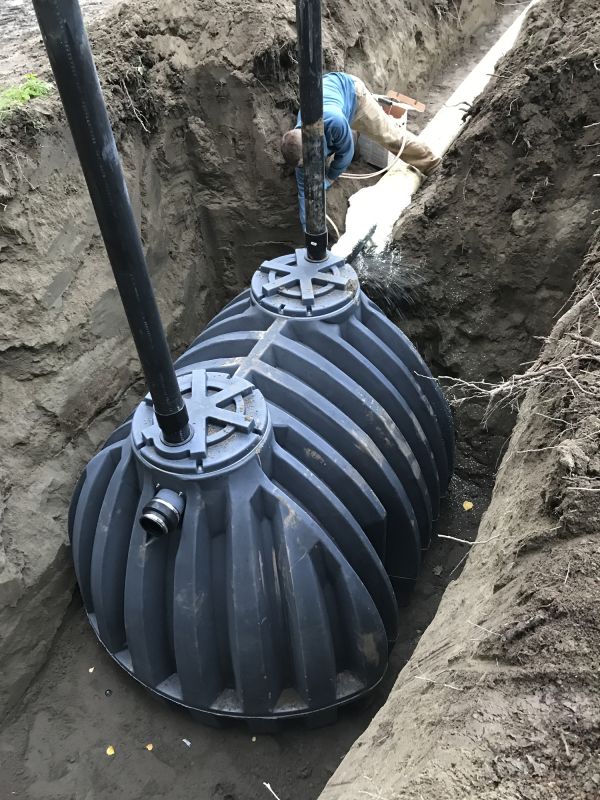
Positioning and connecting septic tanks are crucial steps in the process.
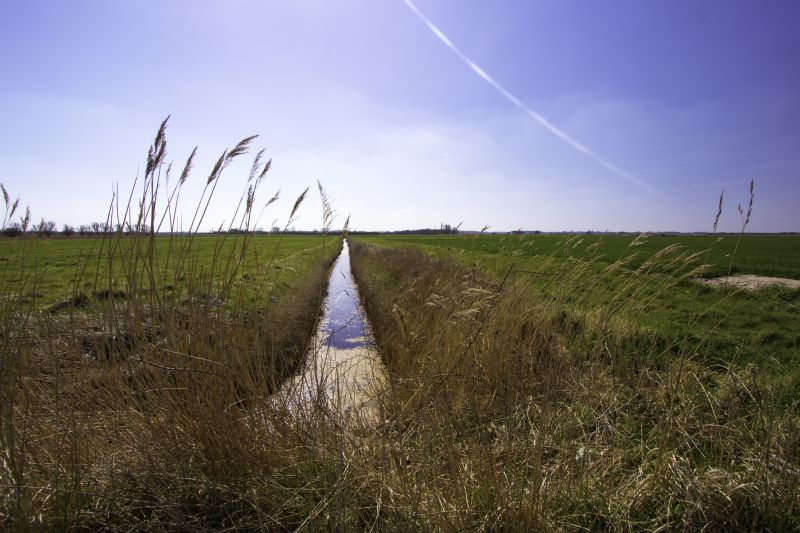
Properly installed drain fields ensure effective wastewater dispersal.
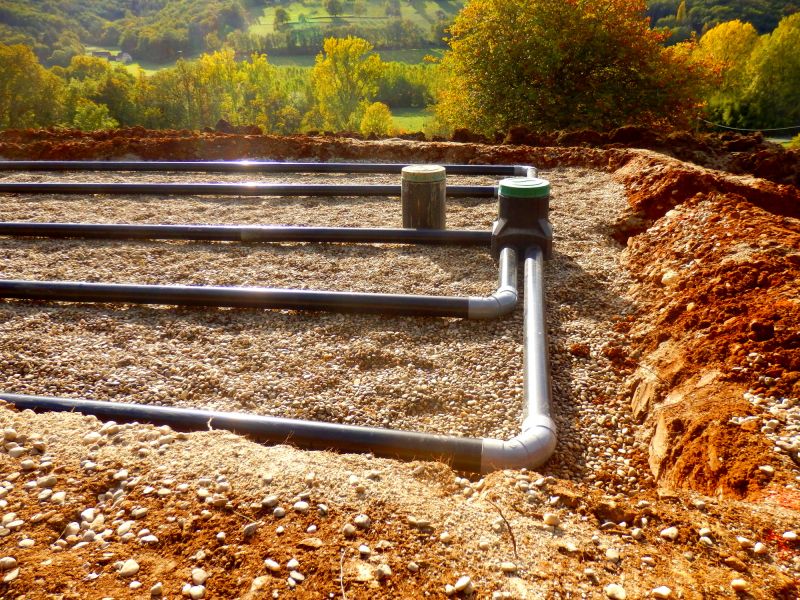
Soil testing determines suitability and optimal placement for septic systems.
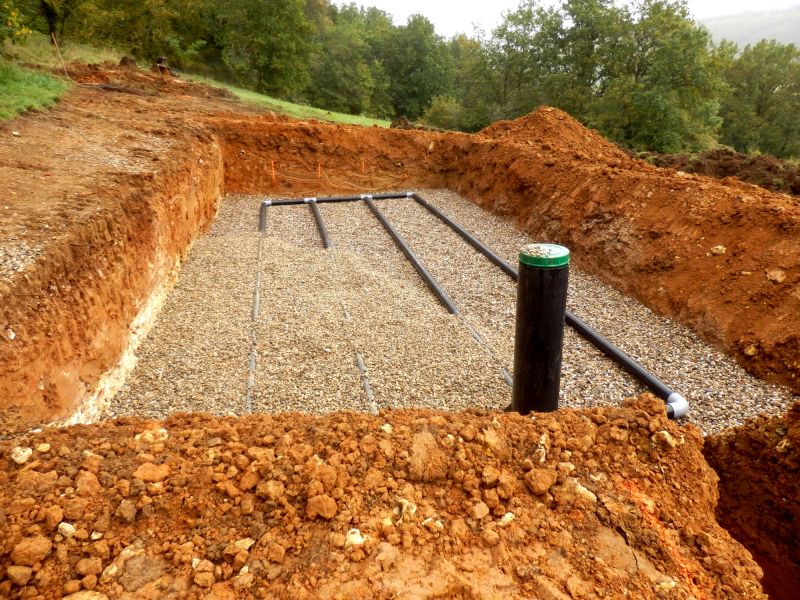
Backfilling restores the site post-installation, ensuring stability and aesthetics.

Ways to make Septic Installations work in tight or awkward layouts.

Popular materials for Septic Installations and why they hold up over time.
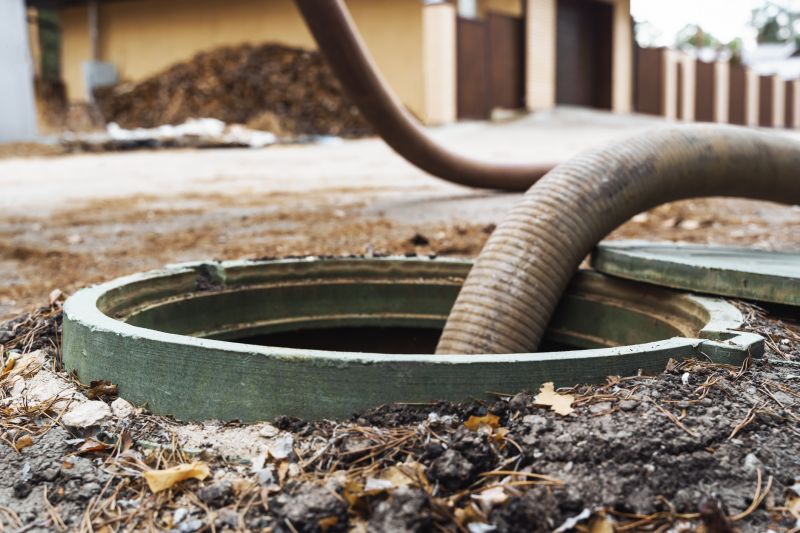
Simple add-ons that improve Septic Installations without blowing the budget.

High-end options that actually feel worth it for Septic Installations.
| Season | Advantages |
|---|---|
| Spring | Moderate temperatures and soil moisture facilitate installation and settling. |
| Fall | Ideal for avoiding extreme weather, with stable soil conditions. |
| Summer | Potential challenges include high temperatures and dry soil, which can complicate installation. |
| Winter | Typically avoided due to frozen ground and adverse weather conditions. |
| Early Autumn | Good opportunity before colder weather sets in, with manageable soil conditions. |
| Late Spring | Suitable due to thawed ground and increasing soil moisture levels. |
Choosing the right time for septic installation can impact system performance and longevity. Proper planning based on seasonal weather patterns and soil conditions helps ensure a smooth process and durable system operation. Consulting with local professionals can provide additional insights tailored to specific geographic and climatic factors.

Inspection ensures the site is suitable for installation and meets all requirements.

Accurate placement is vital for system efficiency and accessibility.

Constructing the drain field correctly is essential for wastewater dispersal.

Testing confirms proper functioning before project completion.

Finishes and colors that play nicely with Septic Installations.

Little measurements that prevent headaches on Septic Installations day.

A 60-second routine that keeps Septic Installations looking new.

A frequent mistake in Septic Installations and how to dodge it.
Interested in septic installations? Contact for more information or to schedule a consultation to determine the best timing and approach for specific site requirements.
